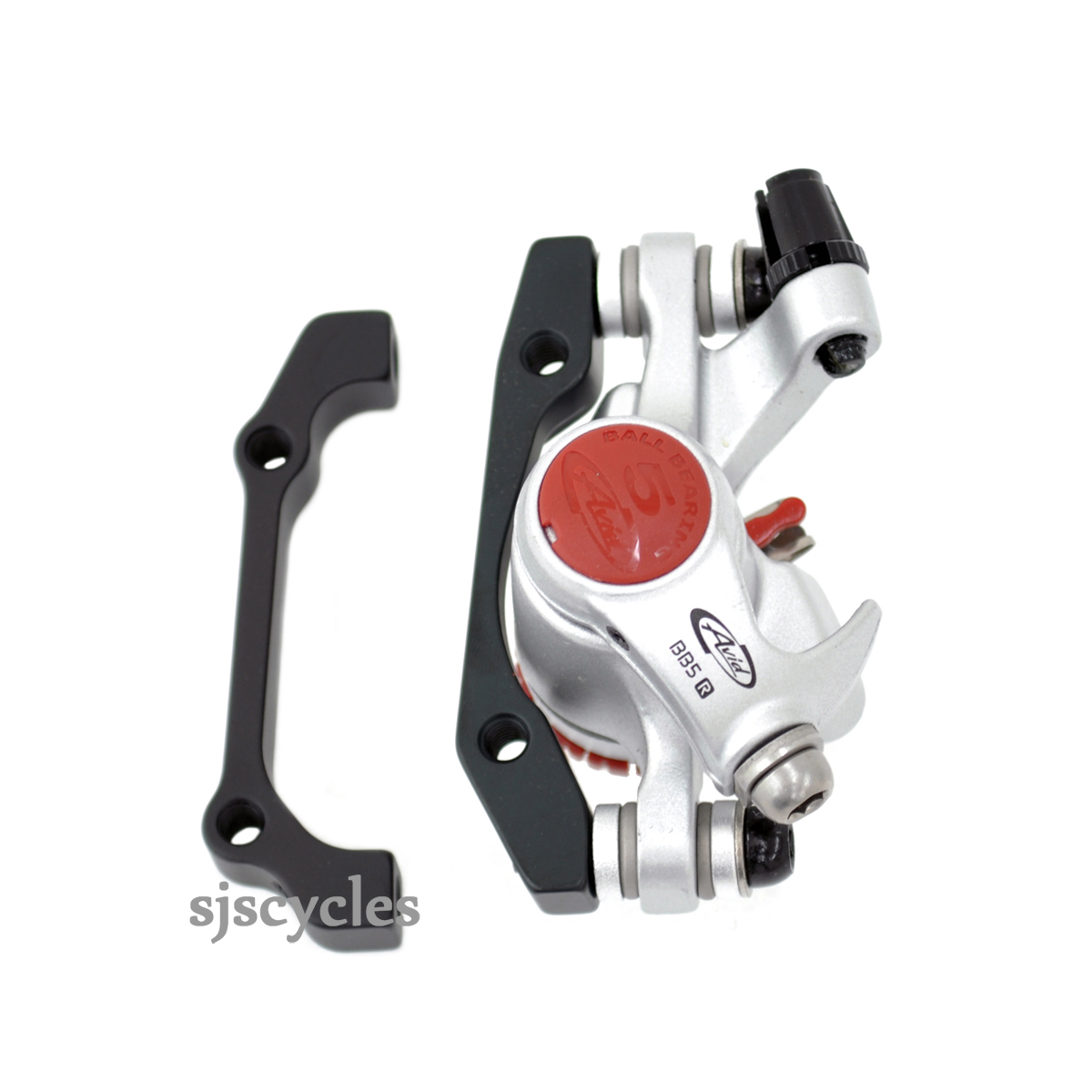

Once you have achieved a caliper position that allows enough inboard brake pad into the center of the caliper and neither pad is rubbing, you can clamp the cable.Ĭlamp the cable: rotate the caliper arm back slightly and clamp the cable. Be advised that in some cases you may need to turn in the inboard adjuster more on your second attempt than on the first. If the position of the caliper is too far outboard, such that you have to back out the inboard pad too far to stop the rubbing, then you will need to repeat your steps. This is the number one problem with disc brake adjustments that I see. If the inboard pad is too far out, when you actuate the brake the outboard pad will clamp the rotor against the caliper instead of the brake pad. Also, make sure you purchase the road bike version, as its leverage is designed specifically with the leverage of road bike levers. When purchasing a disc brake, I suggest spending the few extra dollars and buying the version with independently adjustable pads like the BB7 and BR505. These have a dial on the outside of the caliper-actuating arm which when turned inward will move the pad inward. The Avid BB7 and Shimano BR505 are examples of this style brake. The second style has a movable pad, which has adjustability independent of the caliper arm. The Avid BB5 is the best example of this. The first has no initial setup adjustability apart from how far the caliper arm is rotated and cable clamped. There are two styles of outboard, movable pads. This action moves the outboard pad inward toward the inboard pad, thus clamping the disc rotor. This arm contains the cable clamping and rotates when the brake lever is depressed. This pad is attached to an arm on the caliper. The second pad, the outboard, is the moving pad. It is adjustable during setup, but then remains fixed during operation. The first, the inboard pad, sits as a fixed/adjustable pad. The brake pads sit in the caliper in two orientations. The caliper, the actual brake bolted to the bike, is made up of two brake pads, inboard and outboard, between which the rotor will be clamped to provide the braking. (A hydraulic brake replaces a cable with hydraulic lines, and adds a master cylinder at the lever). A mechanical disc brake is made up a brake lever, a caliper, a cable connecting the two and a rotor.

#Avid bb5 road mechanical disc brake full
In order to gain a proper understanding of disc brake setup, we need to have a full familiarity of the parts which comprise a disc brake. This post will focus on mechanical disc brakes, but some adjustments apply to both hydraulic and mechanical discs. Setting up disc brakes correctly is going to be a big new part of cyclocross. The down side is these poor conditions happen a lot easier to disc brakes than to cantilevers. Too loose and you lose your braking altogether too tight and your brake drags the whole time. Apart from all these benefits though, the tighter tolerances associated with disc brakes lend themselves more easily to poor adjustment, and improper adjustment on disc brakes can ruin your race more easily than a poorly adjusted cantilever. They can be more powerful with more control than rim rim brakes and they are not so nearly affected by water and mud. Their benefits are well known tire clearance is now only a matter of the frame. There is no denying that disc brakes are the dominant stock brake type among cyclocross and gravel bikes today, and even the most affordable bikes typically come with mechanical disc brakes. To that end, we’re featuring a helpful and popular piece by Jason Gardner on setting up your mechanical disc brakes from a few seasons ago. As we near cyclocross season, now is a great time to replace your brake pads and make sure the brakes are set up correctly. Although hydraulic disc brakes are now popular and standard equipment on many mid-range and higher cyclocross and gravel bikes, many of us still ride bikes with mechanical disc brakes and appreciate their advantages.


 0 kommentar(er)
0 kommentar(er)
